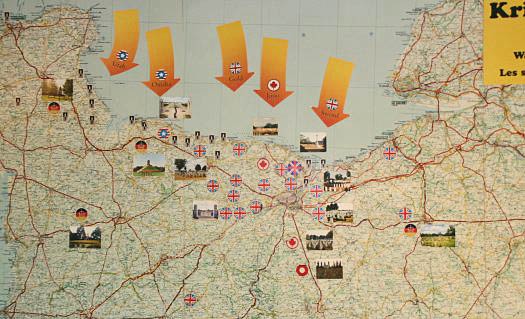Normandy Cemeteries
The Battle of Normandy was more than D-Day. It was a series of battles taking place over 80 days throughout the countryside and cities. There are many cemeteries honoring those who lost their lives in the Battle of Normandy. We visited two: the Normandy American Cemetery and the German Cemetery.
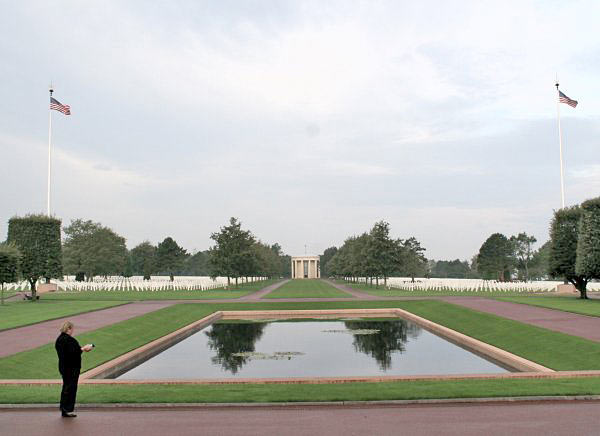
The Normandy American Cemetery and Memorial sits on a cliff overlooking Omaha Beach. Over 9,000 Americans are buried here. Most of them lost their lives during the D-Day landings and the battles that came soon after. This is the view from the memorial, looking toward the chapel. For a history of the site and more photos, click here.
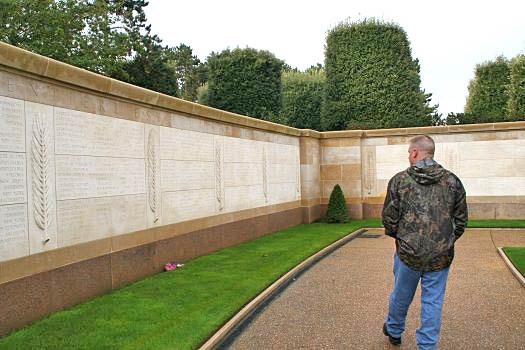
Callan takes a walk along the Wall of the Missing which is located on one side of the memorial. The names of over 1,500 Americans are etched in the stone wall. They died in Normandy but their remains were never located or identified.
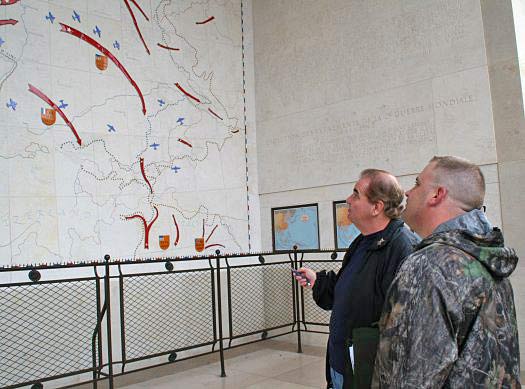
Inside two sides of the circular memorial, visitors can see huge maps of the D-Day invasion and read information about the operation. Our guide, Ray Pfeiffer, is explaining how complicated "Operation Overlord" really was.

The domed ceiling of the chapel is a scene made of thousands of small, individually painted tiles. In this part of the scene, the woman represents the Republic of France. She is welcoming - and trying to protect - the soldiers who have come to liberate her.

In this second part of the tiled ceiling, France is placing a crown of laurel on a dead American soldier's head.
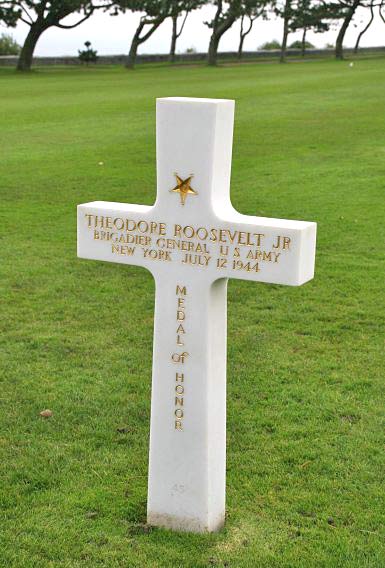
All the white marble crosses or Stars of David are simply engraved, but the names of those who were Medal of Honor recipients are engraved in gold. One such man was Theodore Roosevelt, Jr. - the oldest son of President Theodore Roosevelt. Theodore Jr. is buried in the Normandy American Cemetery next to his younger brother, Quentin. Historians say that Roosevelt's decisions on D-Day helped make the landing at Utah Beach a success, rather than a total failure. He died of a heart attack a month after the D-Day landings, the same day he was promoted to Major General and given command of another division. If you'd like to read more about Theodore Roosevelt, Jr. - and read his Medal of Honor citation, click here.
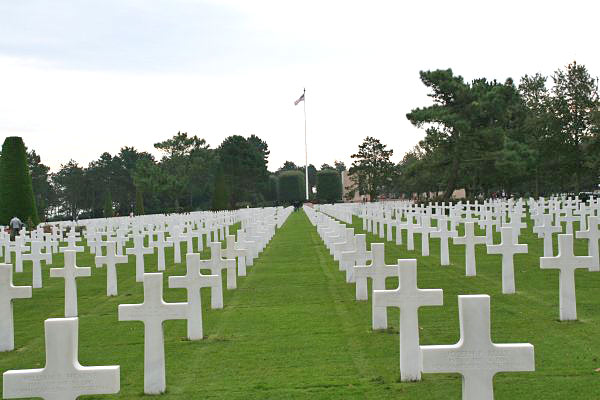
There are simply no words ...
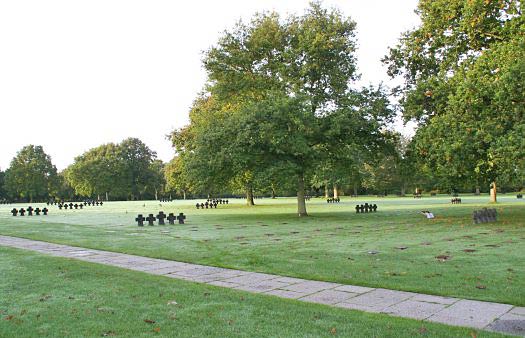
The contrast between the Normandy American Cemetery and the La Cambe German Cemetery is palpable. Most of the 21,000 Germans buried here lie two to a grave and some are in a mass grave.

The German graves feature flat stone markers. Over 200 have not been identified.
There is an Information Center at the La Cambe German Cemetery and it includes this map showing the locations of cemeteries all over Normandy.
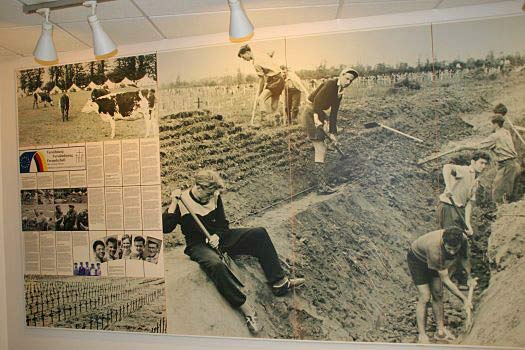
The German Cemetery didn't always look like it does today. This photo in the Information Center shows just a few of the students who came to the cemetery to renovate it. If you would like some history of the La Cambe German Cemetery, click here.
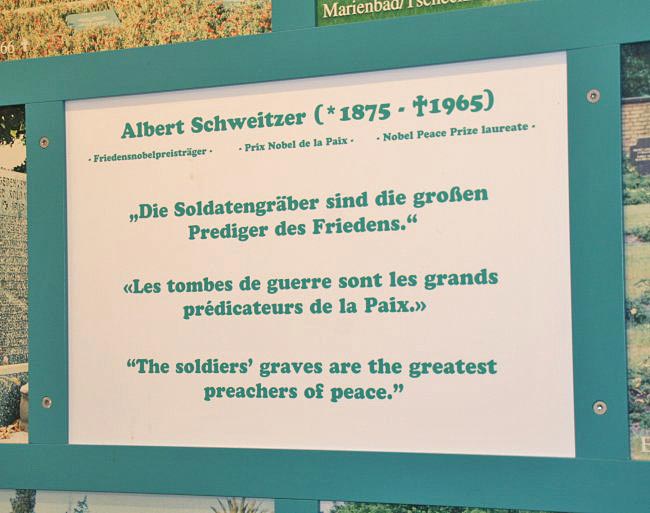
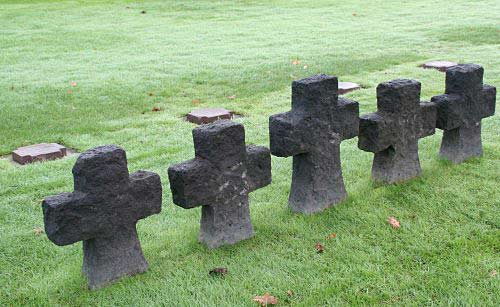
The somber atmosphere is underscored by the dark stone crosses that are sprinkled over the field.
